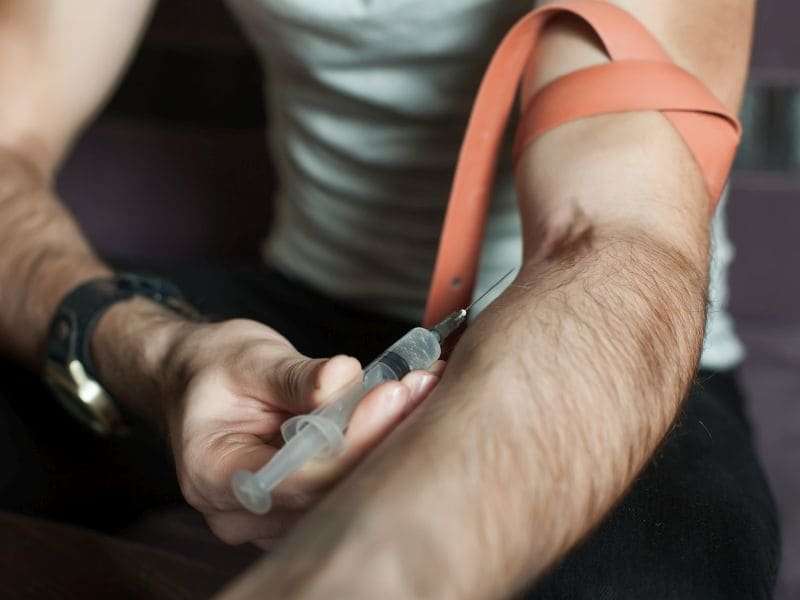(HealthDay)—Among persons who inject drugs, nine cases of wound botulism were identified in Southern California from September 2017 to April 2018, according to research published in the Jan. 4 issue of the U.S. Centers for Disease Control and Prevention Morbidity and Mortality Weekly Report.
Corey M. Peak, Sc.D., from the CDC in Atlanta, and colleagues describe an outbreak of wound botulism reported in Southern California between September 2017 and April 2018.
The researchers identified nine patients (eight confirmed and one probable) with wound botulism by April 18, 2018; all were hospitalized and one died. All patients were injection drug users; seven reported using black tar heroin and six practiced subcutaneous injection (skin popping). Clinically compatible signs and symptoms were muscle weakness, difficulty swallowing, blurred vision, drooping eyelids, slurred speech, difficulty breathing, loss of facial expression, or descending paralysis. Heptavalent botulism antitoxin (BAT) was used to treat all patients. Progression of paralysis can be stopped by prompt diagnosis, administration of BAT, and provision of supportive care, according to the researchers.
"Clinicians caring for persons who inject drugs or persons who fail to respond to naloxone need to perform thorough searches for wounds, be alert for wound botulism, and inform patients of this potentially lethal consequence of injection drug use," the authors write.
More information: Abstract/Full Text
Journal information: Morbidity and Mortality Weekly Report
Copyright © 2019 HealthDay. All rights reserved.






















